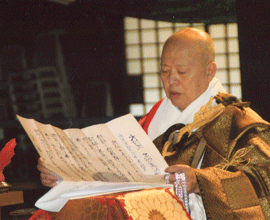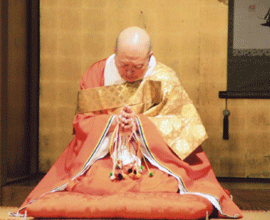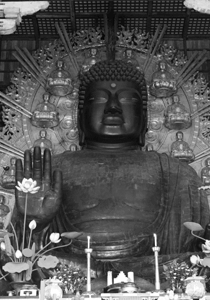Lesson
News / Blog
Other Menus
What Is Hōyō?
Hōyō (Buddhist memorial service)
The original meaning of the term “hōyō” is to know the teachings of Buddha (Buddhist law) in Buddhism. Later, the term was converted to refer to Buddhist events in general. {for example “houji” (Buddhist memorial service), “houe” (Buddhist mass) and so on}.
In Japan, it gradually started to refer to “kuyou” (“tsuizen kuyou” a memorial service for the repose of someone’s soul), and later, it came to refer to a ceremony to mourn for the dead in general.
The Buddhist “kakejiku” (hanging scroll), “butsuji-gake,” is used in the hōyō ceremony. In Japan, as a result of the synchronization of the Shinto region with Buddhism, many strands of Buddhism unique to Japan were developed. Therefore, Japanese Buddhism includes many sects. There are many differences in the manners of the ceremony, depending on the sect and region, so the Buddhist kakejiku used in the ceremony differ depending on the sect and region.



Menu
 Japanese Buddhism Japanese Buddhism |
 History History |
 What Is Hōyō? What Is Hōyō? |
 Buddhist Kakejiku Buddhist Kakejiku |

